My fellow interns and I recently completed a project called True Intern. Several members of the ECG team helped us out, and we’re pretty proud of the result. We took our concept (an intern takes his responsibilities around the office far too seriously) from script to screen and learned a lot in the process.
The project was, in essence, a mash-up of our enduring love of film noir and a chance to showcase the culture and personalities here at ECG. Not many places would be so cooperative as to allow their interns free reign on a creative project, but we got lucky.
I can say with certainty that we’re all proud of the finished product, the first installment in an ongoing series. That doesn’t mean that we didn’t make mistakes.
We did. Many of them.
The good news is we learned from them and the result is a better second episode with far fewer headaches. We broke down our primary takeaways into three categories.
Sound
Everything makes noise. You just don’t always notice it. That is, not until you’re confronted with footage that is completely silent.
There’s ambient noise in every room. Someone is typing, or on the phone, or leaning back in a squeaky chair. Unfortunately for us, we didn’t realize it’s important to have these sounds until we’d already shot almost everything MOS, without audio.
This presented a challenge. Background noise kind of follows God’s sage wisdom from Futurama: when you do it right, people won’t be sure you’ve done anything at all. As such, what followed was a long and arduous search for snippets of ambient room noise from the segments we did shoot with sound. We then copied that over, and proceeded on to find office-reminiscent sounds, lay them in, and turn their volume down until you can barely tell they are there.
Luckily, we had access to a “Sound Ideas” library, consisting of over 40,000 different sounds ranging from a leather coats rustling, to a woman’s high-heeled shoe running on a wooden floor. The library is production industry standard, and it is wonderful.
Perhaps the most valuable advice we received was with regard to layering sound effects. Sometimes you have an effect that is, in name, appropriate for the action taking place on screen, but it just doesn’t stand out. It needs something extra. So you layer additional effects on top, filling out the noise and making the SFX distinctive. The best example in True Intern comes in this shot, in which the Intern slams his fist into a wall in frustration.
The real lesson here is this: shoot with sound. No matter how hard you try to replicate the hundreds of little noises that constantly surround us, you will inevitably fall short. And you may melt your brain in the process. Trust me.
When you work with a small production team, it might seem inconvenient to have one person totally occupied by holding the boom and checking the sound quality. But you know what? There’s a reason people do it. InTrue Intern 2 we learned you get used to it. The benefit is you tremendously reduce your work in post production.
Lighting
We came from a place of true appreciation for film noir. The look, the style, the character, everything. Our first episode was primarily an homage to Billy Wilder (Double Indemnity was our Holy Grail) with references to famous films (Casablanca) mixed in.
One of the first things we learned, however, was that mirroring how a shot was framed isn’t enough. To really evoke the spirit of noir, you need to nail the lighting, too.
I won’t pretend we did that in every shot, because we didn’t. But, without the help of ECG’s intrepid Director of Photography, Brandon Peterson (featured in our second episode), we would have been in a world of trouble.
This is one of my favorite shots from True Intern, and I feel it exemplifies the look we were going for.
That shot doesn’t happen without proper lighting. We carefully positioned a 350 Fresnel light on the opposite side of a window from our camera and actor, allowing the light to spill through. The light was powerful, and by controlling the other sources of light in the room, we were able to obtain a high quality image.
Compare that with a less well-staged scene from True Intern.
The shot looks terrible but we used the same camera and the same light.
The number one reason why is there is only one source of light in the room, and it’s right next to the actor. This presented a problem from a f-stop and ISO perspective on the camera. The light “blew out” parts of the image, while others were so shrouded in darkness that there aren’t any distinctive lines on them. The camera has trouble reconciling these extremes and the image comes out fuzzy.
That’s a very rudimentary explanation. Suffice it to say that with proper lighting, like you see above, this image would look nicer.
Color
Color deserves its own full section, but unfortunately I am woefully under-qualified to deliver it to you. This subsection lives under the “Lighting” umbrella because lighting and color are inextricably linked.
ECG’s colorist Jenn Lee (who writes a lot about color on this blog and is generally a genius) gave us a bunch of great color advice. In short, coloring is an insanely complex subject. Even when you’re making a black and white movie. I’m reminded of the wise words of Socrates in Bill and Ted’s Excellent Adventure: “The only true wisdom lies in knowing that you know nothing.”
Bearing that in mind, here’s a very amateurish explanation of what I learned about color on True Intern. Film noir traditionally means black and white, high contrast, and deep, dark, shadows.
Our animator, David Hixon, wrote extensively on the subject noir lighting specifically in one of his posts. Check out his posts for a more in-depth conversation about it.
The first thing to understand is that black and white isn’t really just black and white. It’s a wide range of grays that come together, forming crisp lines of detail and making certain things stand out above others.
It would have more detail, and more dynamic grays. Improper lighting results in a colorizing nightmare. Everything is too bright, too dark, and too flat, somehow all at the same time.
Once again, framing is only half the battle. Without the right lights, even in black and white, your scene can still come out poorly.
Camera
We shot with the Sony A7Sii, which is a fantastic camera. We were (and are) very fortunate to have it at our disposal.
As I said above, we knew the shots we wanted beforehand, so it was a matter of framing those shots correctly. Therefore, we had to find the right lenses with which to shoot.
Personally, my experience with nice cameras and lenses was minimal. As such, it was incredible to see the vast difference a lens makes in how a space looks. I don’t know, you may think it’s obvious. And maybe I’m just easy to impress. The fact remains that what you can do with a 35mm lens is different from a 50mm lens, and a 85mm lens. They each have their uses, though the cinematic feel I get from using the 85mm is great.
This shot is a great example.
Editing
Editing is a skill that requires both practice and an innate sense of timing and storytelling. The first two of these might seem clear. The third I think is less so.
You must be cognizant of how every cut you make affects the flow of the story, alters your audience’s emotions. Are you trying to jolt the audience with an abrupt cut? Or make your edits seamless so the viewer doesn’t take notice?
We made use of both strategies in True Intern, as most do. For the most part, we sought to match our edits to the natural flow of our narrative. Each cut should reflect the emotions present in the scene.
Remember that fist slamming into the wall from earlier? Debate over the way to show that fist raged for days. Cut to black before it hits? Fade on this frame, or this one? How much time should pass between the slam and the voiceover kicking back in?
There are many ways to go about this, and I’m sure someone can find fault in what we did. I’m still proud of it though, because I know that everything we did, both right and wrong, made us better. Hopefully we succeeding in proving that point with our second installment.
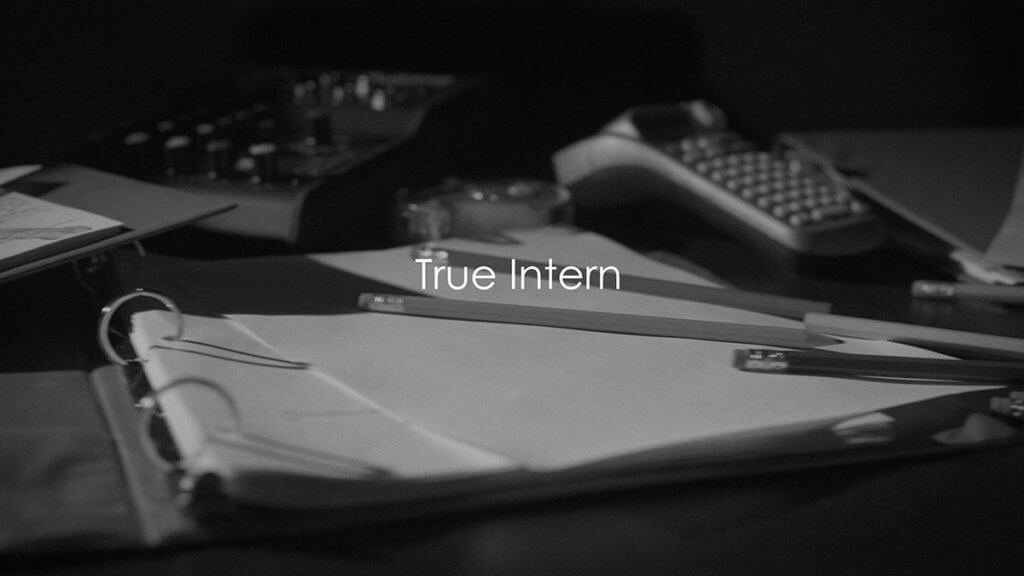
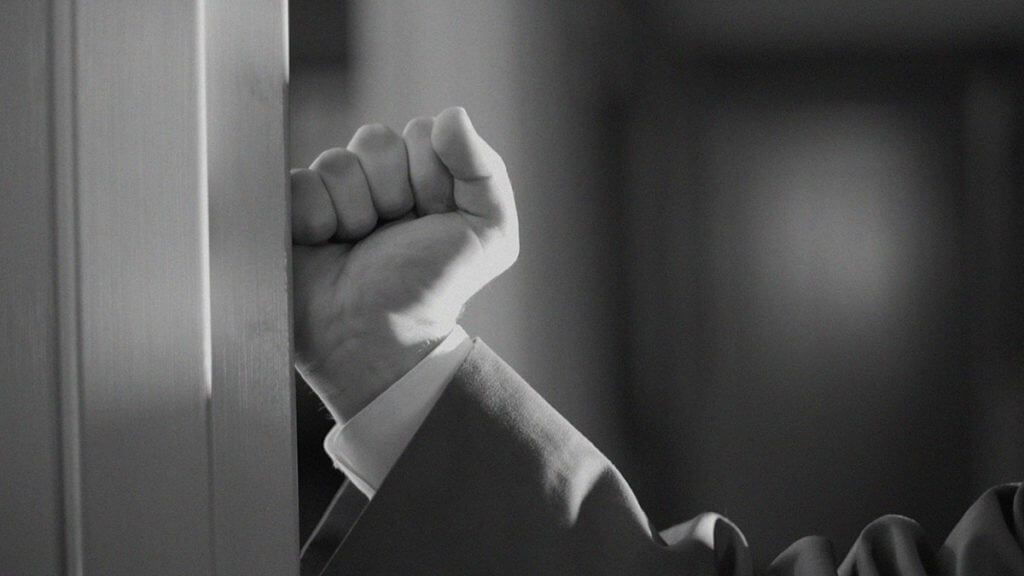
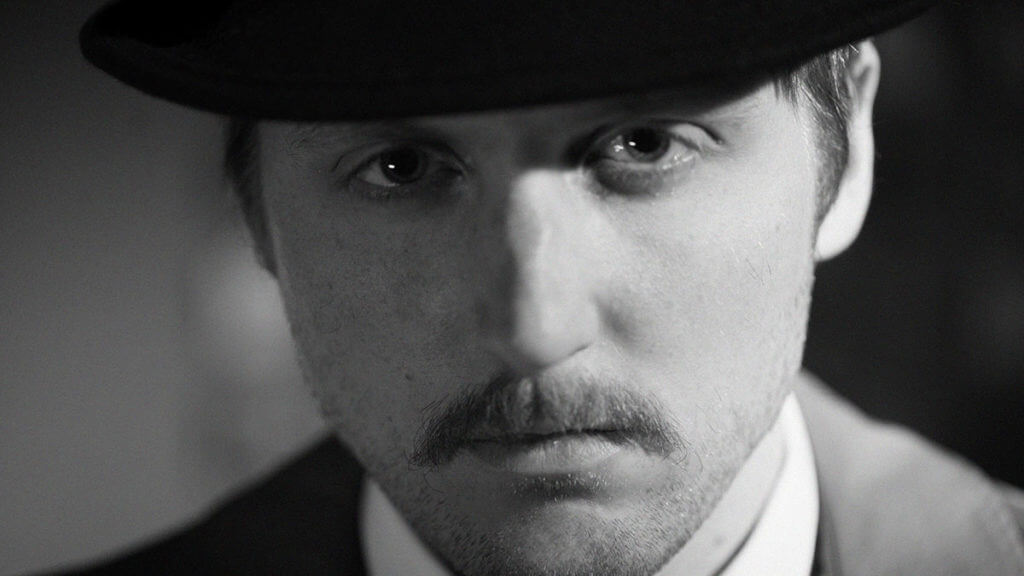
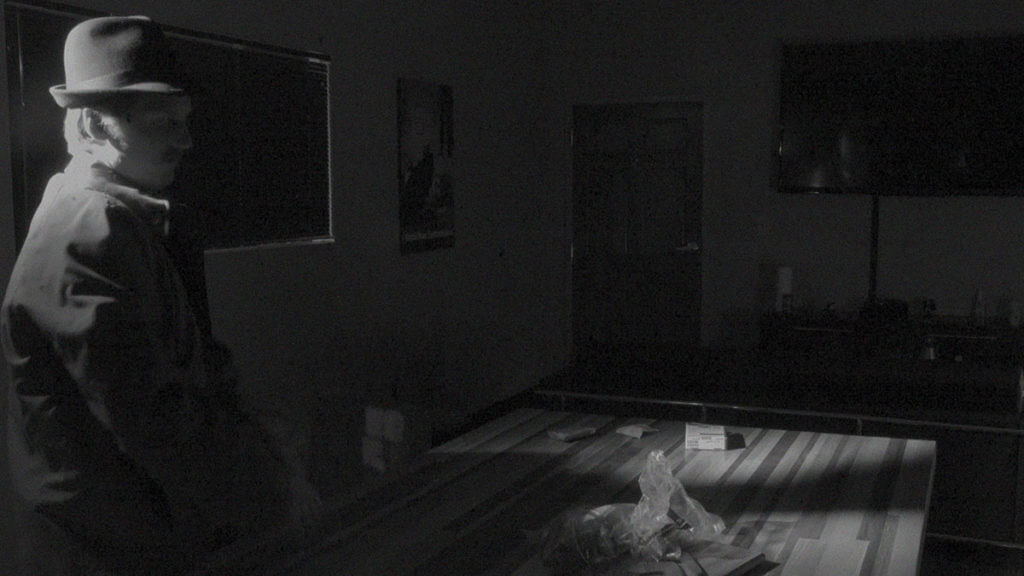
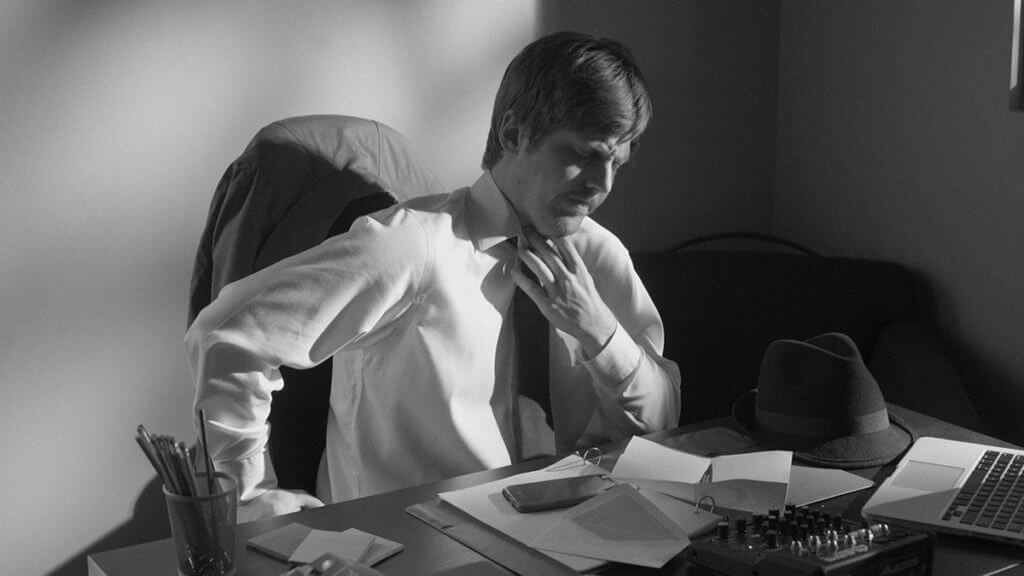
One Response
you the best, i love ur posts